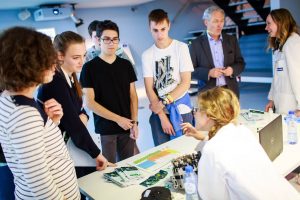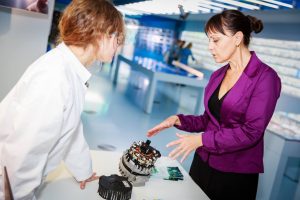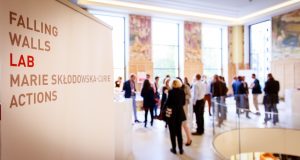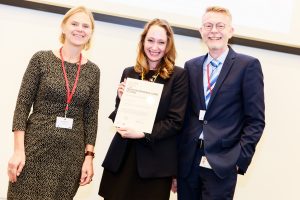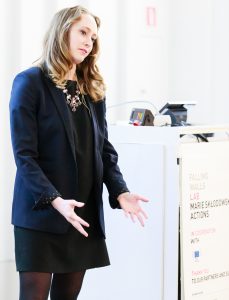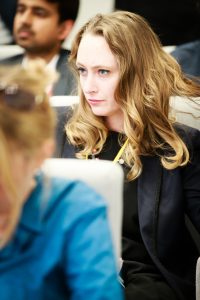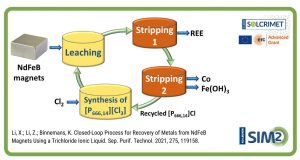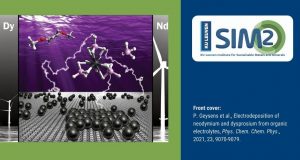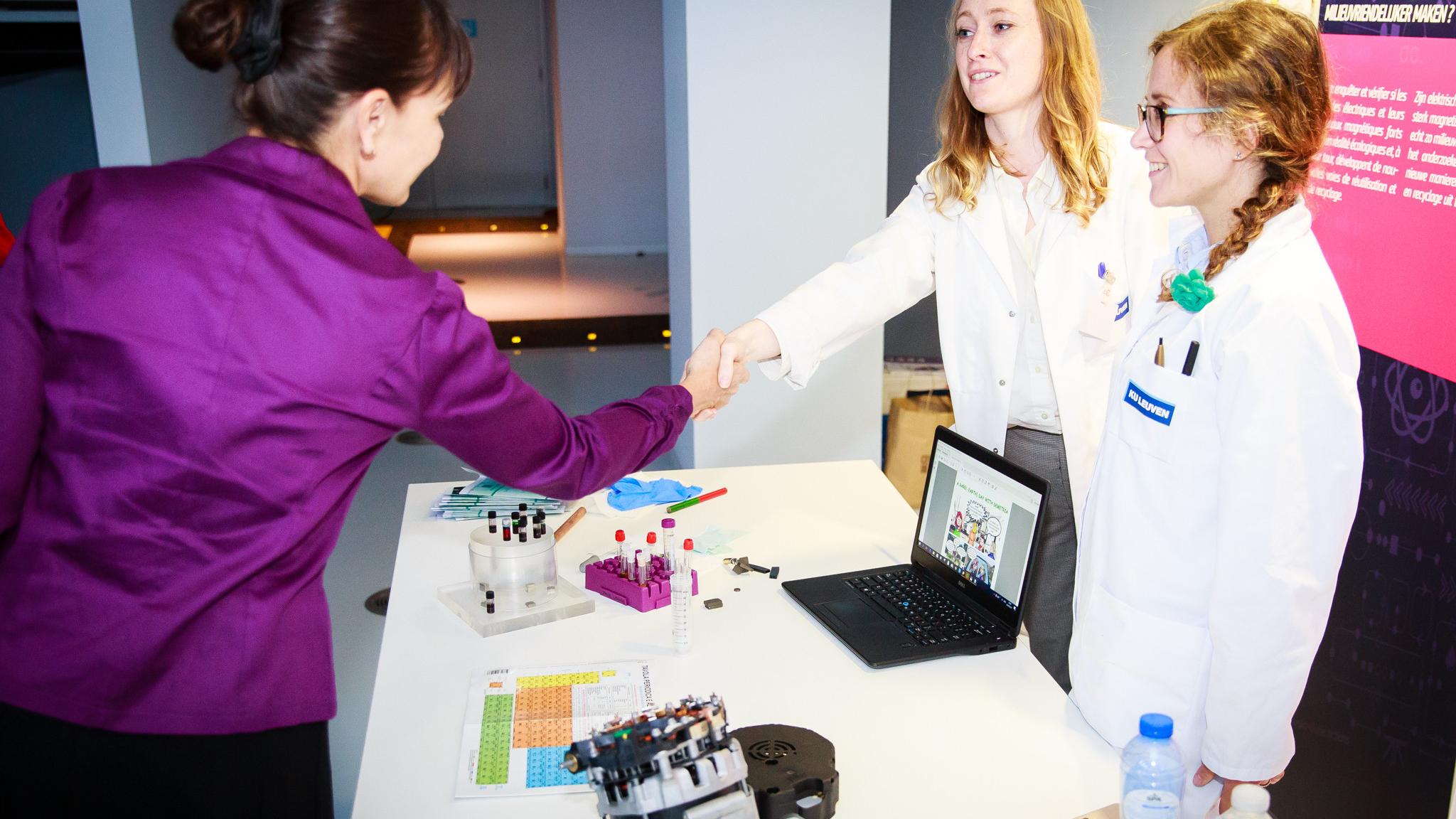AUTHOR: Gwendolyn Bailey
As an environmentalist from Texas, a steadfastly Republican and climate-change-denying state, I know better than anyone the challenge of communicating environmental science to a non-scientific community. Thus, I have grown accustomed to speaking about my field, environmentally sustainable materials, and I believe public engagement is necessary to make our work as environmental scientists accessible.
However, the abstruse knowledge, technical vocabulary and expert histories that scientists produce are not digestible to mass audiences. Staying behind walls of dark math, and writing books that few will read will do nothing to spread real world influence. The work of a scientist is not just to fiddle with a microscope in a lab, but to talk about scientifically sound ideas – in lectures, course discussions, scientific conferences and outreach events. For me, it’s one of my job’s greatest pleasures—to simply talk about science—and promulgate my intellectual curiosity. Fortunately, I had the opportunity to participate in two events last month which allowed me to do exactly that.
Science is Wonder-ful.
Three weeks ago Martina Orefice (ESR 3) and I demonstrated our research at the Science is Wonder-ful event at the European Parliament. Pictured below you will see us at our stand with our EV motor, rare earth permanent magnets, ionic liquids and leachates, and copper tube. We had several ventures – ranging from an eddy current demonstration to a metals leaching experiment–for children and adults alike. We managed to fastidiously adapt our scripts (in French and sometimes Spanish/Italian!) to appeal to different audiences. Many of the people who came by our stand were fascinated to hear about our DEMETER project, and were happy to hear that their tax money was being used to fund projects such as ours.
It was a mutually beneficial situation to participate in this event. That is, it was educative for the EU citizens and for us researchers. The benefit for us is two-fold: 1) we learn how to reach out to and communicate with different audiences and 2) we gain an outsider knowledge—a perhaps simpler perspective. With these types of events put on by the European Commission, we manage to kill two birds with one stone. We satisfy the EU requirements of disseminating our research to the public, but we also become better scientists since we learn what is actually important to investigate—what matters to the public. The general public stirred my creativity and gave me many ideas! After this event I feel as if I know how to continue my research with a more ‘for the greater good’ approach.
Falling Walls Lab.
Outreach activities under the European Researches Night program, such as the Science is Wonderful event, are about bringing awareness of scientific findings to the public. Simply put, researchers are tasked with underscoring the importance of science and research to society. In the same spirit, another event associated with European Researchers Night was the inaugural Falling Walls competition. I was selected as one of thirty Marie Skłodowska-Curie fellows to participate in this event which was organized by the Marie Skłodowska-Curie Actions program. The ultimate goal of this competition is to advance scientific and entrepreneurial visions and to promote exchange between upcoming researchers and young professionals across disciplines.
The Falling Walls Lab is organized by the Falling Walls Foundation, a non-profit organization that fosters the discussion on research and innovation and promotes the latest scientific findings among a broad audience from all parts of society. Each of the 30 researchers were required to present their current breakthrough research in less than 3 minutes in a TED-talk style pitch.
In this presentation, I was instructed to stylistically unpack—in plain language–the many underlying geopolitical, technical, economic and environmental issues when trying to recycle magnets from electric vehicles. This seemed like a daunting task! Luckily, before competing, we had some help. We followed a training with DEBATRIX, a public speaking consultancy, the trainers guided us on how to prepare an inspring presentation. This part of the Falling Walls Lab was the most enriching for me. The DEBATRIX team taught us that story telling plays a big role in whether the audience will be engaged or not. They also taught us that like businessness men/women we must sell our research, and not necessarily give purely a scientific view.
I learned that inspiring presentations are about something your audience enjoys to listen to. As a presenter and storyteller, it’s our job to make people curious about what we are saying. The DEBATRIX trainers gave us a metaphor that has stuck with me. It’s called the fire alarm question.
They trainers ask us to imagine the start of our presentation: we’ve just announced which question we’ll answer during the presentation. Then suddenly, the fire alarm goes off and everyone has to leave the room immediately. Fortunately, it’s a false alarm. But as people return to the venue, there’s no time to finish the presentation. The challenge is what question will leave everyone in the audience frustrated for the rest of the week? Then that question is supposed to lead you to your presentation topic.
We also gained several other tips such as start with a hell of a statement and end with a strong last sentence. More tips are listed randomly below.
- Use visuals, or the size of the room as an analogy
- Don’t use the pointer because you lose the audience
- Take pregnant pauses in between sentences to make the emotional connection land
- Keep it simple, don’t assume people know what your acronym stands for.
- If your presentation is near the end of the day, feel free to step outside before you go on to refresh.
While the Falling Walls Lab and Science is Wonder-ful events were refreshing opportunities to connect with correspondents and the community, I know that the conversation cannot end there. This type of research doesn’t belong soley in the ivory tower (or in the lab at KU Leuven for that matter) or in the EU Parliament, and it is our responsibility as Early Stage Researchers (ESRs) to direct our research towards both the scientific community and the non-scientific community. ESRs are entrusted not only to disseminate but also communicate to those who do not necessarily seek to be informed. I find it beneficial for our research group to participate in these events and also to engage more on the website and social media in order to gain further recognition of our research, so that we as environmental scientists are able to publicize misconceptions about the environment and sustainable technologies.

 European Training Network for the Design and Recycling of Rare-Earth Permanent Magnet Motors and Generators in Hybrid and Full Electric Vehicles (DEMETER)
European Training Network for the Design and Recycling of Rare-Earth Permanent Magnet Motors and Generators in Hybrid and Full Electric Vehicles (DEMETER)
